The announcement of vROPS Tenant App for vCloud Director 1.0 is a great news to our vCloud Air Network Partners. vRealize Operations Tenant App for vCloud Director 1.0 is GA as of August 23, 2017! Now you can provide your customers with a better self-service monitoring solution that they were asking you for. This will provide a new monetizing opportunity for our vCAN Partners as well enhance their customers experience.
vRealize Operations Manager Tenant App for vCloud Director
It is a tenant facing application which provides a tenant administrator visibility to their vCloud Director environment. Service provider admin can enable access to the application to any tenant. It solves monitoring, troubleshooting and capacity planning use cases for a tenant. This is available only to service providers.
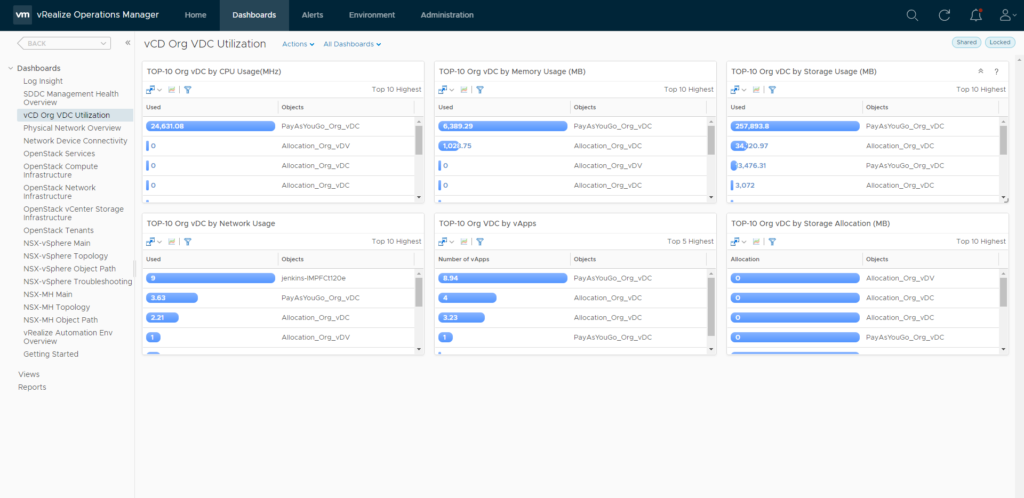
Highlights of what vROPS Tenant App for VCD 1.0 offers:
- Extends vRealize Operations Manager to include vCloud Director constructs
- Leverages vRealize Operations advanced analytics
- Tenant specific monitoring, troubleshooting and capacity planning
- Tenant Admin specific views to enable Operations Management solving monitoring, troubleshooting and capacity planning use cases
- Provider Admin can pick and choose the tenants to whom access it to be provided. It can be provided as an extra addon.
- Photon OS based Virtual appliance (OVA) for easier installation
- H5 Client based on VMWare Clarity
Please note vROPS Tenant App for vCloud Director 1.0… Read More
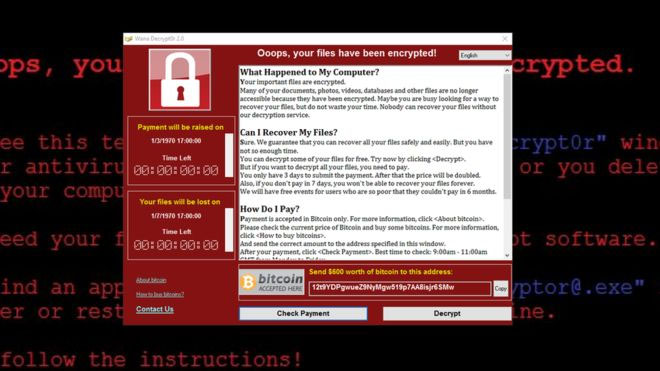

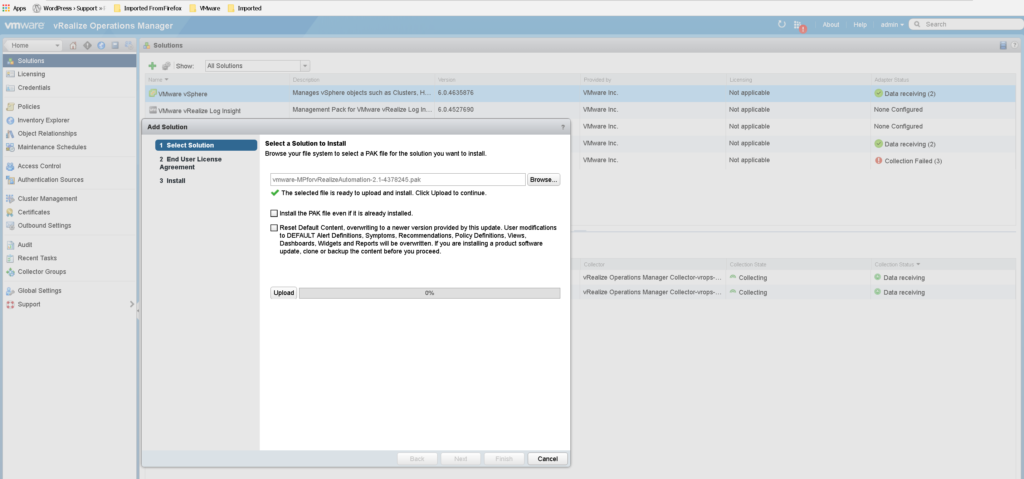
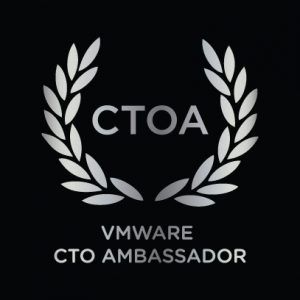
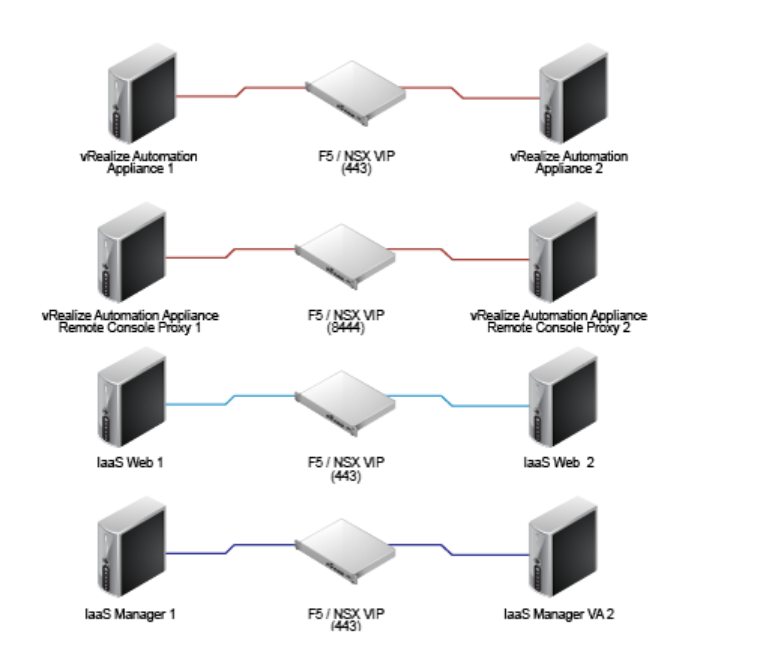
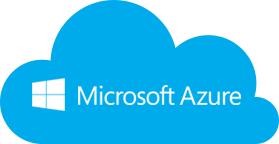
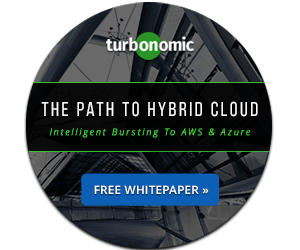 VMTurbo has just re-branded themselves to Turbonomic. I have just received an e-mail few days back from VMTurbo stating the change of the company name to Turbonomic.
VMTurbo has just re-branded themselves to Turbonomic. I have just received an e-mail few days back from VMTurbo stating the change of the company name to Turbonomic.
